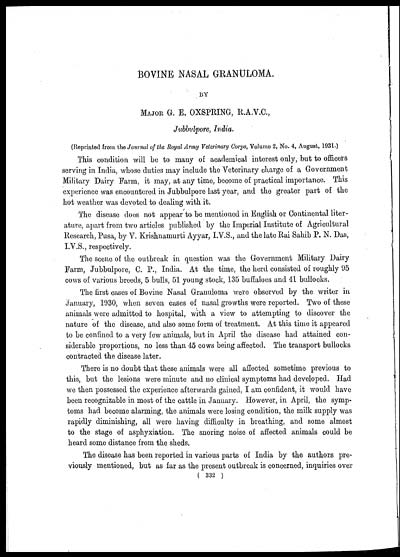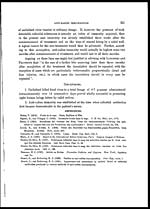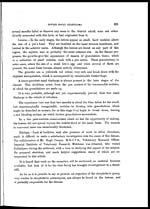Medicine - Veterinary > Veterinary colleges and laboratories > Indian journal of veterinary science and animal husbandry > Volume 1, 1931 > Part IV (December 1931) > Bovine nasal granuloma
(379) Page 332
Download files
Individual page:
Thumbnail gallery: Grid view | List view

BOVINE NASAL GRANULOMA.
BY
MAJOR G. E. OXSPRING, R.A.V.C.,
Jubbulpore, India.
(Reprinted from the Journal of the Royal Army Veterinary Corps, Volume 2, No. 4, August, 1931.)
This condition will bo to many of academical interest only, but to officers
serving in India, whose duties may include the Veterinary charge of a Government
Military Dairy Farm, it may, at any time, become of practical importance. This
experience was encountered in Jubbulpore last year, and the greater part of the
hot weather was devoted to dealing with it.
The disease does not appear to be mentioned in English or Continental liter-
ature, apart from two articles published by the Imperial Institute of Agricultural
Research, Pusa, by V. Krishnamurti Ayyar, I.V.S., and the late Rai Sahib P. N. Das,
I.V.S., respectively.
The scene of the outbreak in question was the Government Military Dairy
Farm, Jubbulpore, C. P., India. At the time, the herd consisted of roughly 95
cows of various breeds, 5 bulls, 51 young stock, 135 buffaloes and 41 bullocks.
The first cases of Bovine Nasal Granuloma were observed by the writer in
January, 1930, when seven cases of nasal growths were reported. Two of these
animals were admitted to hospital, with a view to attempting to discover the
nature of the disease, and also some form of treatment. At this time it appeared
to be confined to a very few animals, but in April the disease had attained con-
siderable proportions, no less than 45 cows being affected. The transport bullocks
contracted the disease later.
There is no doubt that these animals were all affected sometime previous to
this, but the lesions were minute and no clinical symptoms had developed. Had
we then possessed the experience afterwards gained, I am confident, it would have
been recognizable in most of the cattle in January. However, in April, the symp-
toms had become alarming, the animals were losing condition, the milk supply was
rapidly diminishing, all were having difficulty in breathing, and some almost
to the stage of asphyxiation. The snoring noise of affected animals could be
heard some distance from the sheds.a
The disease has been reported in various parts of India by the authors pre-
viously mentioned, but as far as the present outbreak is concerned, inquiries over
( 332 )
Set display mode to: Large image | Zoom image | Transcription
Images and transcriptions on this page, including medium image downloads, may be used under the Creative Commons Attribution 4.0 International Licence unless otherwise stated. ![]()
| Permanent URL | https://digital.nls.uk/75226932 |
|---|
| Description | Covers articles from 1931. |
|---|




